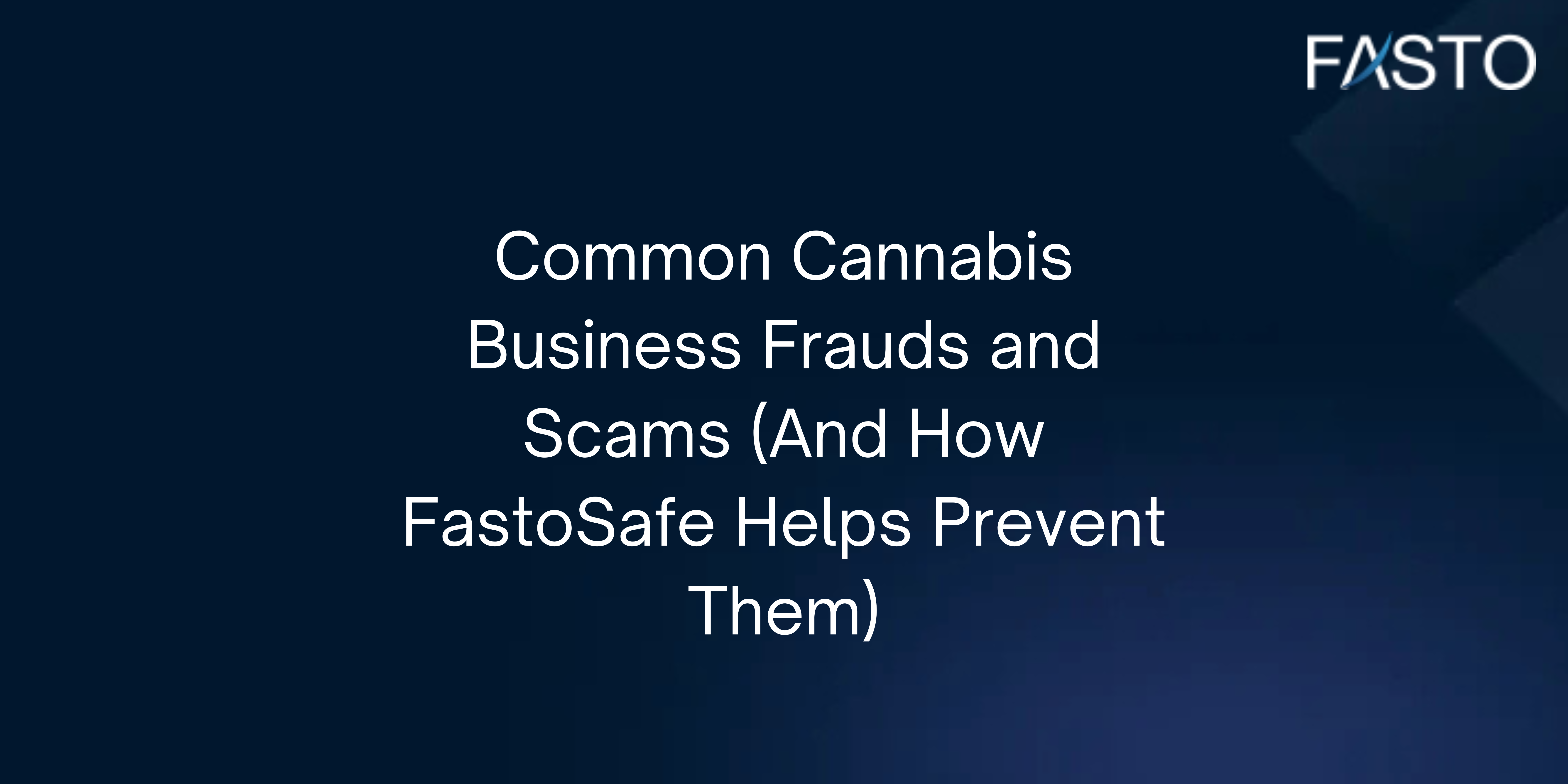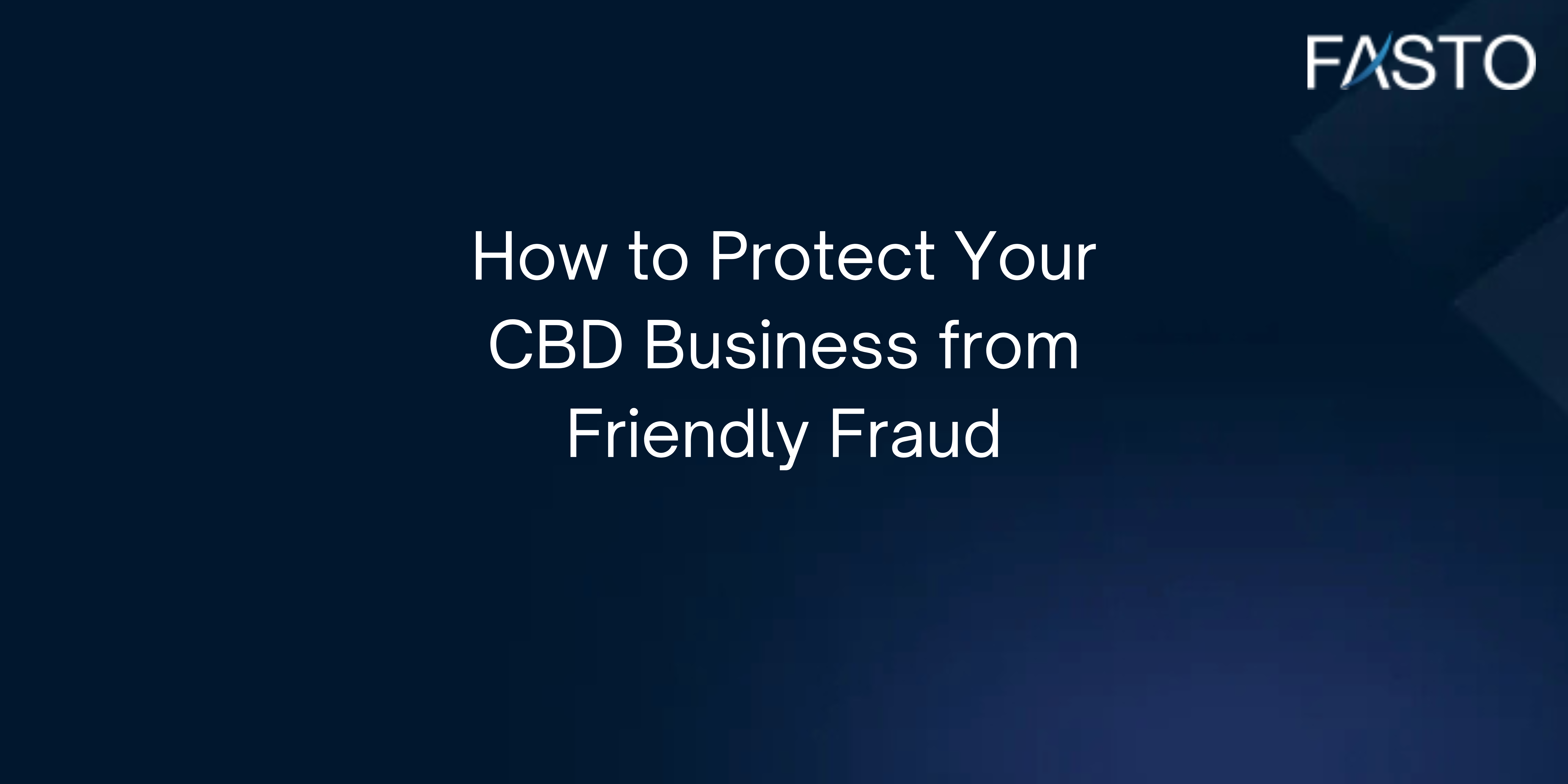Chargebacks are an unavoidable challenge in digital transactions, and they can hit businesses hard. Not only do they eat into revenue, but they also signal cracks in customer trust, something merchants work tirelessly to build.
And by 2030, it’s estimated that card payments will shoot to a gigantic $79 trillion. But there’s a catch: about $49.32 billions of this might vanish due to fraudulent activities. And, as we know it – fraud inevitably leads to chargebacks.
This guide will walk you through effective chargeback prevention strategies, helping you keep your hard-earned revenue secure.

What is a Chargeback?
A chargeback is basically a reversal of funds initiated by a bank when a customer disputes a debit or credit card transaction. It was originally established under the Fair Credit Billing Act of 1974 to protect consumers from fraud.
Chargebacks happen for several reasons, including:
- Unauthorized transactions on a customer’s statement.
- Dissatisfaction with goods or services.
- Processing errors, such as duplicate charges or incorrect amounts.
- Non-receipt of a purchased item.
- Subscription issues, such as continued charges after cancellation.
What is Chargeback Prevention?
Chargeback prevention involves strategies to reduce disputes and fraudulent claims. Merchants can minimize chargebacks through:
- Robust fraud detection tools
- Clear product/service descriptions
- Exceptional customer service
Satisfied customers are less likely to file chargebacks, making smooth issue resolution, transparent communication, and data-driven fraud prevention essential.
By addressing the root causes of disputes, businesses can reduce chargebacks and also build long-term customer trust.
Understanding the Two Main Sources of Chargebacks for High-Risk Merchants
High-risk businesses like adult sites, gambling, and CBD shops are easy marks for fraudsters. These markets are weak spots where criminals can hide and cheat the system more easily.
Chargebacks typically stem from two main sources:
- Legitimate fraud: Fraudsters use stolen credit cards to make purchases.
- Customer-initiated disputes (AKA, Friendly Fraud): Customers dispute valid transactions due to confusion, dissatisfaction, or dishonesty.
Let’s look at these in more detail.
How Criminals Target High-Risk Payment Processing
In high-risk sectors, such as adult services or online content platforms, fraudsters often use stolen cards to pay for subscriptions or one-time purchases,
For merchants, these disputes are a lose-lose. You refund the money, eat the cost of lost goods, and pay non-refundable processor fees. Worse, your chargeback ratio inches closer to the point of account termination.
2. The Rise of Friendly Fraud: When Customers Dispute Valid Transactions
“Friendly fraud” is anything but friendly. Scammers may be in buyers’ remorse, did not recognize your charge or simply want their money back, saying it didn’t meet their expectations.
A staggering 70% of all fraud can be attributed to friendly fraud, according to Mastercard, and it’s fairly easy to prevent this type of fraud.
Making it evidently clear that in the ever-rising world of click-and-pay, safeguarding your transactions against chargebacks isn’t just wise; it’s essential.
10 Expert Tips to Prevent Chargebacks in High-Risk Industries
As a business owner, it might be impossible to completely eradicate chargebacks, making your best bet: Decrease their occurrence.
Since chargebacks come with unexpected and unforeseen costs, taking preventative measures to protect your business become paramount.
Even data shows that merchants might face a whopping $260 billion in losses from 2021 to 2025. In fact in 2021, more than 47% of fraud losses stemmed from remote physical goods purchases, making them the leading cause of online payment fraud, according to a recent study by Juniper Research. Here are 10 expert tips that can help you dramatically reduce chargebacks.

Tip 1 – Stay Ahead with Preventative Tools
Fraudsters are always trying to up their game, so staying proactive is key. Use the latest risk mitigation tools, such as:
- CRM and order tracking software: Identify unusual order patterns and potential fraud.
- Payment processor anti-fraud tools: Choose a processor with built-in fraud detection.
- Chargeback alert services: Systems like Visa’s Order Insight and Mastercard’s Consumer Clarity provide early warnings before disputes escalate.
These tools act as your first line of defense in chargeback prevention.
Tip 2 – Use Gamified Loyalty Programs for Chargeback Prevention
A loyalty program tied to transaction history can reduce disputes. Customers with incentives to continue purchasing are less likely to file chargebacks.
To maximize effectiveness:
- Offer instant reward updates.
- Use tiered benefits based on purchase history.
- Include interactive tasks (reviews, social media shares) to maintain engagement.
Tip 3 – Choose Secure Payment Methods
Ensure that your payment processor follows PCI DSS compliance standards and offers:
- 3D Secure authentication
- Encrypted payment forms
- Fraud detection AI
Tip 4 – Keep Records and Obtain Proof from Customers
Maintain detailed records of customer transactions:
- Order confirmations
- Shipping details and tracking numbers
- Signed delivery receipts for high-value orders
- Digital footprints (IP addresses, electronic signatures)
These solid proof points protect your business during disputes.
Tip 5 – Leverage 3rd Party Data to Thwart Stolen Card Fraud
AI-powered fraud detection tools analyze hundreds of data points, including:
- Device details
- Location
- Purchase behavior
- Account activity
AI fraud screening helps block high-risk transactions in real-time, reducing chargebacks caused by stolen cards.
Tip 6 – Enhance Customer Confidence with Rich Product Details
Chargebacks often occur when a product does not meet expectations. Prevent this by:
- Writing detailed product descriptions with size, color, and specifications.
- Using high-resolution images from multiple angles.
- Incorporating demo videos to visually showcase your product.
A well-informed buyer is less likely to dispute a transaction.
Tip 7 – Ensure Secure Transactions with Advanced Identity Verification
Use multi-layered authentication tools, such as:
- 3D Secure 2.0 (3DS2): Verifies identity at checkout.
- Address Verification Service (AVS): Matches billing addresses to prevent fraud.
- Card Security Codes (CVV): Prevents stolen card use.
Combining multiple security measures significantly reduces fraud-based chargebacks.
Tip 8 – Be Clear, Transparent and Vocal About Your Policies
Confusion over return, cancellation, and refund policies frequently leads to disputes. To avoid this:
- Clearly display policies on your website.
- Provide realistic delivery timelines and tracking updates.
- Update policies regularly to align with customer needs.
Transparency reduces frustration and encourages direct customer resolutions instead of chargebacks.
Tip 9 – Improve Customer Service
Good customer service prevents disputes from escalating. Steps to optimize support:
- Ensure easy contact access: Display phone numbers and email addresses clearly.
- Use a ticketing system: Track customer complaints to ensure quick resolution.
- Provide an FAQ section: Address common issues proactively.
Satisfied customers reach out before disputing a charge.
Tip 10 – Use Detailed Billing Descriptors
Customers frequently dispute charges because they don’t recognize them. Prevent this by:
- Using clear billing descriptors (e.g., “Chic Fashion – Sara” instead of just “Sara’s Boutique”).
- Including order numbers or product descriptions in transaction details.
- Sending confirmation emails that match billing statements.
A recognizable descriptor reduces confusion-related chargebacks.
Building a Strong Case: How to Successfully Dispute Illegitimate Chargebacks
When faced with a chargeback, your response should be methodical and evidence-based. Here’s how to approach the situation effectively.
Begin by investigating whether the dispute is valid. Is it fraud, or is it related to customer dissatisfaction, misunderstanding, or buyer’s remorse? This assessment will determine your next steps.

Managing Legitimate Fraud Claims: When to Accept and Learn from Chargebacks
If your investigation confirms that someone other than the cardholder used a victim’s payment information:
Accept that the actual cardholder deserves their money back
Don’t contest this type of chargeback, as it’s unlikely to succeed
Inform the issuing bank that you acknowledge the unauthorized transaction
Review your fraud prevention measures to reduce similar incidents in the future
Evidence-Based Dispute Resolution: Effectively Challenging Friendly Fraud
First off, talk to the customer. Reaching out may help you understand if there’s a legitimate misunderstanding that can be resolved without a formal dispute.
If you believe they are making fake claims, fight the chargeback vigorously. Gather compelling evidence such as:
Delivery confirmation and tracking information
IP address records showing the customer’s digital footprint
Communication history with the customer
Proof that the product or service was as described
Evidence that your policies were clearly communicated
Then, work with your payment processor to present your case to the issuing bank.
Dealing with chargebacks isn’t anyone’s favorite part of doing business, but by taking proactive and defensive steps, you can protect your business from losses and discourage fraudulent behavior.
How To Reduce Chargebacks With FastoSafe
FastoSafe is a leading expert in chargeback prevention, offering:
- Pre-transaction fraud screening
- AI-powered risk assessment
- Real-time chargeback alerts (Ethoca & Verifi CDRN)
- Automated dispute resolution
With FastoSafe’s modern and comprehensive tools, merchants can prevent fraud, reduce chargebacks, and protect revenue.
Ready to safeguard your transactions? Get a free risk assessment from FastoSafe by clicking the button below.
A version of this article was published in 2023 and last updated in 2025.


